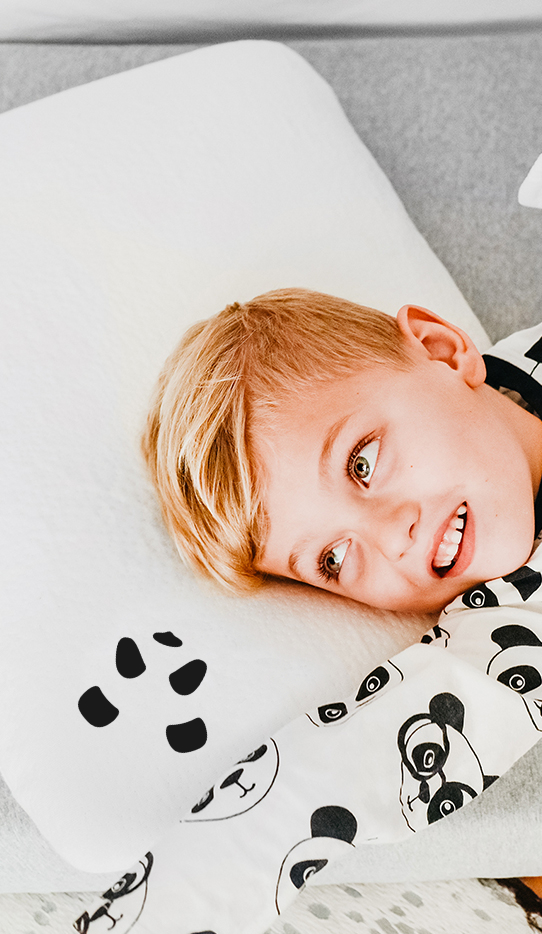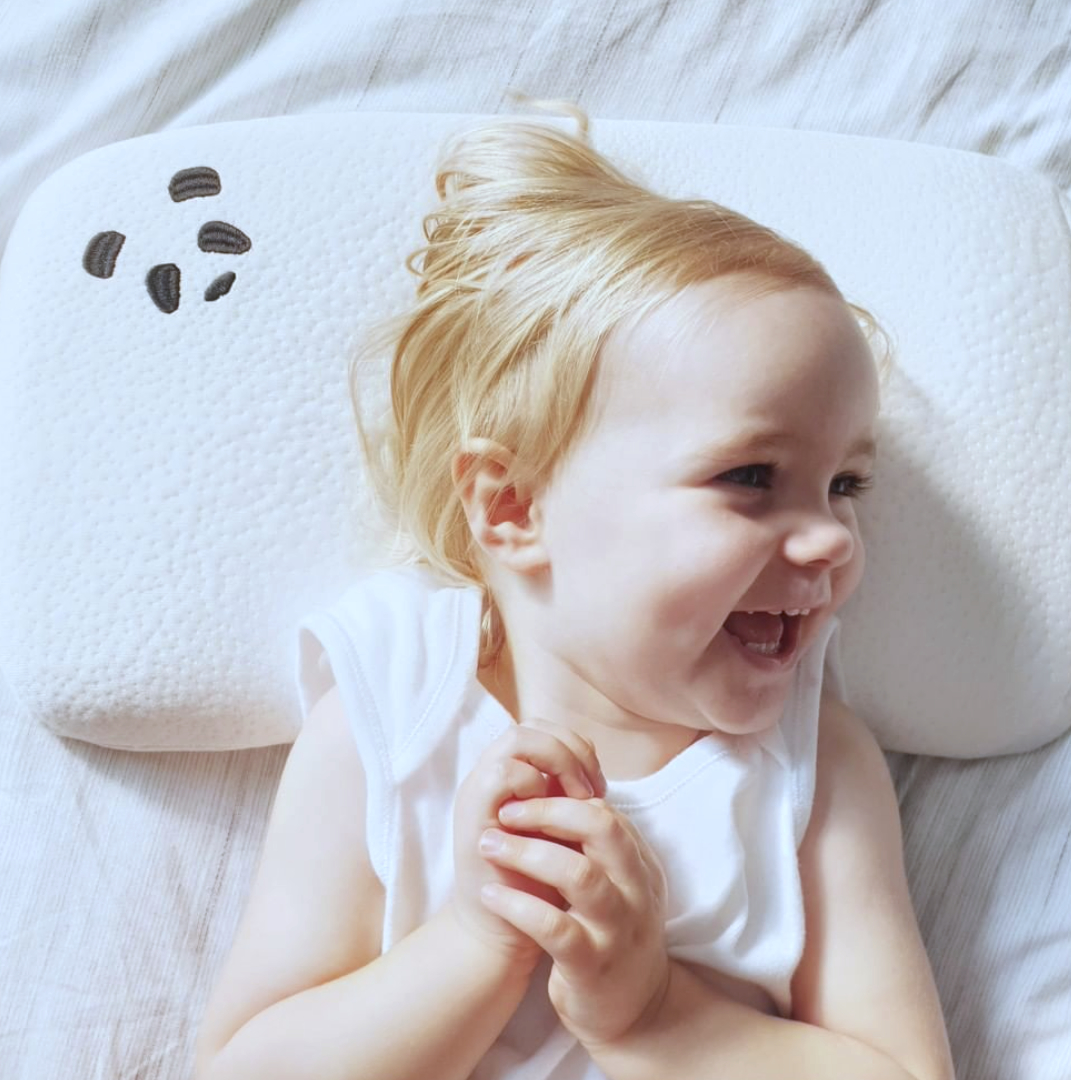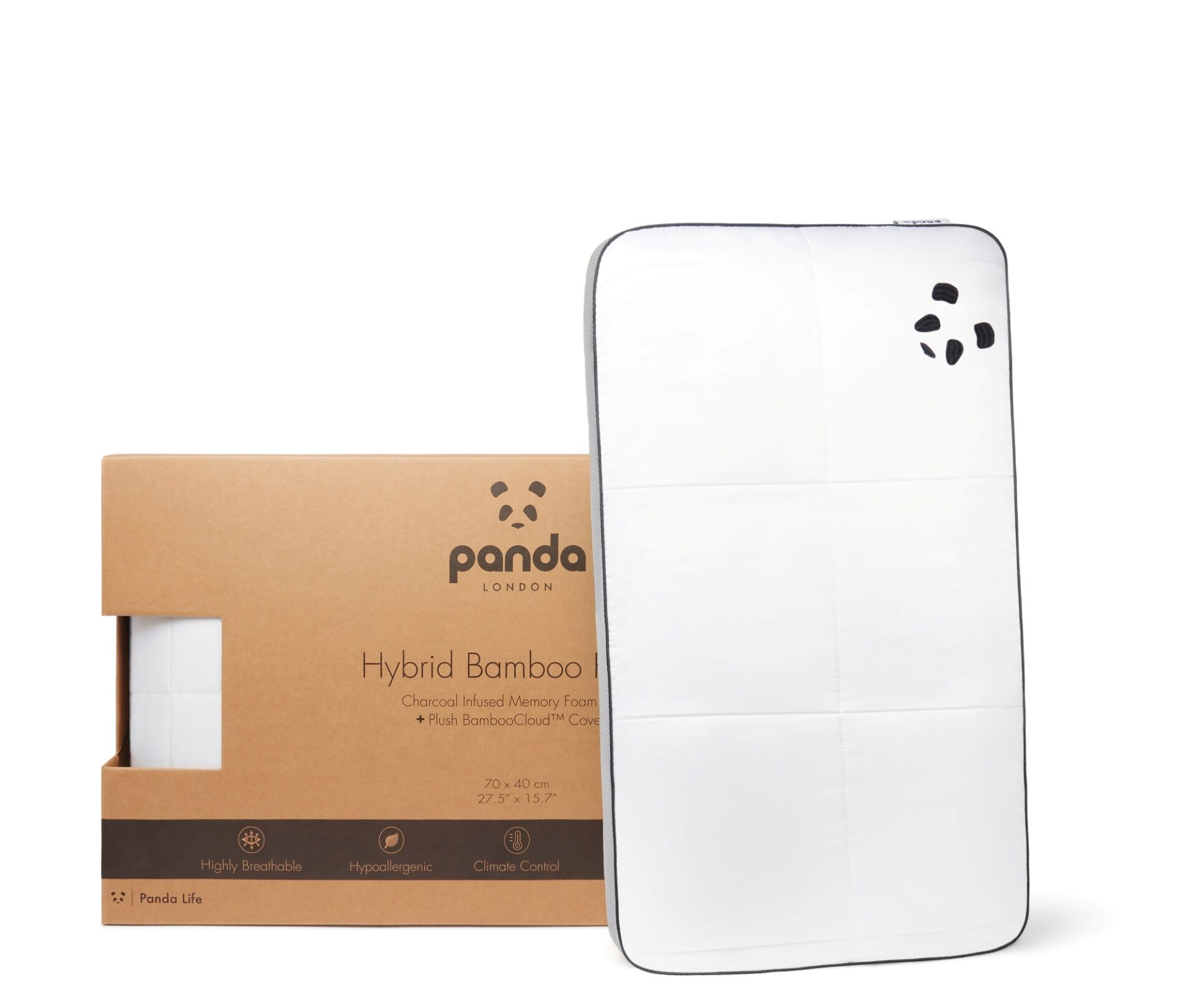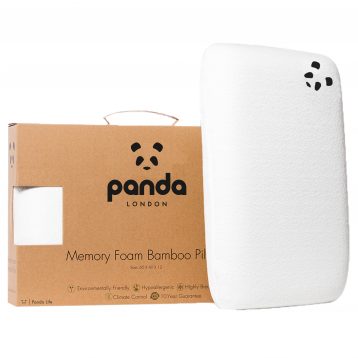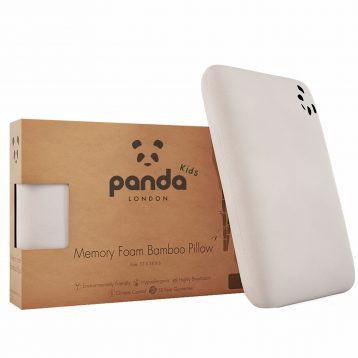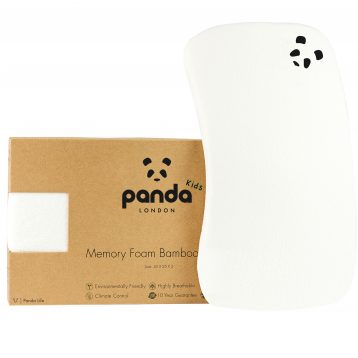How to Choose the Right Pillow for Your Child
Last updated on May 31st, 2024 at 07:47 pm
When it comes to ensuring your child’s sleep quality and posture, choosing the right pillow is paramount. An appropriate pillow can provide the necessary support, comfort, and alignment for your child’s growing body. There are various factors to consider when selecting a pillow for your child, including their sleep needs and pillow considerations. You’ll also need to know the signs of an unsuitable pillow and some tips for finding the perfect fit – which you’ll find in this kid’s pillow buying guide.
Understanding child sleep needs
Children have unique sleep needs that differ from adults. Their growing bodies require proper support to develop healthy sleep habits and maintain good posture – they also tend to need a bit more sleep than adults do to encourage growth and development. There are many children’s sleep essentials, and choosing the right pillow is just one of them. A suitable pillow can help align the head, neck, and spine, ensuring your child’s restful and rejuvenating sleep. They’ll wake up feeling refreshed and ready to take on the day ahead with the right kids’ pillow comfort and support.
What are some factors to consider when choosing a pillow?
Several important factors come into play when choosing the right pillow for your child. It’s essential to consider the following factors when looking for a pillow that suits your child’s individual needs…
Age and developmental stage
There are different pillow requirements for children of different ages—toddlers, for example, should have a much flatter pillow than preteens to avoid straining their growing necks and spines.
Pillow material and fillings
One of the most common pillow fillings is down, but this can be itchy and irritating on little ones’ skin – latex is another popular choice, but this is often synthetic and bad for the planet. Organic latex, however, is a good option for little ones as it is both soft and cooling. Memory foam is a brilliant filling in that the shape adapts to support your child the way they need. If you are using a memory foam pillow for your little one, it needs to have cooling properties, too, to counteract the natural heat retention of this material.
Pillow size and loft
This refers to the height of the pillow; as mentioned above, younger children need a lower pillow loft so their neck is supported without being strained in an unnatural way. And because children’s shoulders aren’t particularly wide, pillow recommendations for young sleepers say that a lower loft works really well.
Allergies and hypoallergenic options
A pillow can be a really personal thing; for example, if your child has allergies, you must ensure that the pillow you choose is free from the allergen(s) that impact their health. Opting for a hypoallergenic pillow means you should cover most bases – your child’s pillow selection is important for allergies.
Pillow cover and maintenance
As a parent, you’ll know the mess kids can make! Take some stress out of your life by opting for a pillow with an easily removable and washable cover and one made from a durable fabric like bamboo.
Make bedtime perfect
Memory Foam Pillow
What are some signs of an unsuitable pillow?
Recognising the signs of an unsuitable pillow ensures your child’s nighttime comfort and overall well-being. If your child often wakes up with a stiff neck, experiences discomfort, or has difficulty falling asleep, these might be signs that their current pillow is not providing adequate support. The same goes for waking up itchy or sneezing – this is a sign that your kid’s pillow could be causing an allergic reaction of some sort. Keep this in mind, and if you notice any of these signs, consider swapping out their pillow for something more suitable.
Pillow selection tips for kids
To find the perfect pillow for your child, consider the following tips:
Involve your child in the process
Children love to be involved in things; it is their pillow, after all! Ask them if they would like their current pillow to be softer or harder, for example, and go from there. Allow them to express their opinion on a potential new pillow and discuss their sleep preferences with them – this is one of the best pillow considerations for children.
Seeking professional advice
Look at what the experts say regarding the best pillows on the market, which materials to choose, and what type of pillow a child should have at the age you’re shopping for. This will give you peace of mind that you’re making the right choice regarding child-friendly pillow options!
Trying different pillows
When it comes to picking the right pillow for your kid, it can come down to trial and error. By letting your little one try out some different pillow types, even just giving them a squish, they’ll be able to form an opinion on what they like, and you’ll be able to see what actually works for them. Look for pillows with a free trial period; your child can get a feel for what they want to sleep on.
What are some pillow safety considerations
When choosing the best pillow for children, you need to consider their safety above all things. A pillow might feel super comfortable, but it might be too soft – this comes with the risk of their face sinking into the material during the night. Additionally, memory foam without any cooling properties might cause your child to overheat. Ensure the pillow you choose is certified to the correct pillow standards in your location to keep your little one sleeping safe and sound.
Choosing your child’s pillow
Using these tips, you’ll be able to find the best pillow available for your child and any individual needs they may have. Think about height and density, as well as hypoallergenic properties and safety considerations, and be sure to involve your child in the process of choosing their brand-new pillow. A proper pillow will help them sleep better and support their physical development – all of this is incredibly important!
FAQ
At what age should I consider getting a pillow for my child?
Last updated on May 31st, 2024 at 07:47 pm
It’s generally safe to introduce a pillow to your child’s sleep environment around the age of 2 or when they transition from a crib to a toddler bed. However, always consult with your child’s paediatrician for personalized advice.
What type of pillow is best for young children?
Last updated on May 31st, 2024 at 07:47 pm
For young children, consider a small, soft, and hypoallergenic pillow. Look for one that provides gentle support and is free from potential allergens.
Should I choose a pillow with a specific fill material?
Last updated on May 31st, 2024 at 07:47 pm
Pillow-fill materials like bamboo or down alternatives are good choices for children due to their hypoallergenic properties. Make sure the pillow is easy to clean.
Are there any pillow safety guidelines to follow?
Last updated on May 31st, 2024 at 07:47 pm
Yes, safety is paramount. Avoid pillows with loose parts, strings, or buttons that can pose choking hazards. Always keep pillows and bedding away from a baby’s face during sleep.
Can my child use a regular adult-sized pillow?
Last updated on May 31st, 2024 at 07:47 pm
While it’s not recommended for very young children, older kids (around 8-10 years old) can transition to a standard adult-sized pillow if it provides proper support.
How can I maintain the cleanliness of my child's pillow?
Last updated on May 31st, 2024 at 07:47 pm
To maintain hygiene, use a pillow protector and a pillowcase that are easy to remove and wash. Follow the care instructions on the pillow label.
What signs indicate that my child needs a different pillow?
Last updated on May 31st, 2024 at 07:47 pm
Watch for signs of discomfort, allergies, or poor sleep quality. If your child experiences these issues, it may be time to consider a different pillow.
Explore our range:
Hybrid Bamboo Pillow
Rated 5 out of 5£89.95Original price was: £89.95.£76.46Current price is: £76.46.Memory Foam Bamboo Pillow
Rated 4.96 out of 5£44.95Original price was: £44.95.£38.21Current price is: £38.21.Kids Memory Foam Bamboo Pillow
Rated 5.00 out of 5£34.95Original price was: £34.95.£29.71Current price is: £29.71.Baby Memory Foam Bamboo Pillow
Rated 4.95 out of 5£24.95Original price was: £24.95.£21.21Current price is: £21.21.

